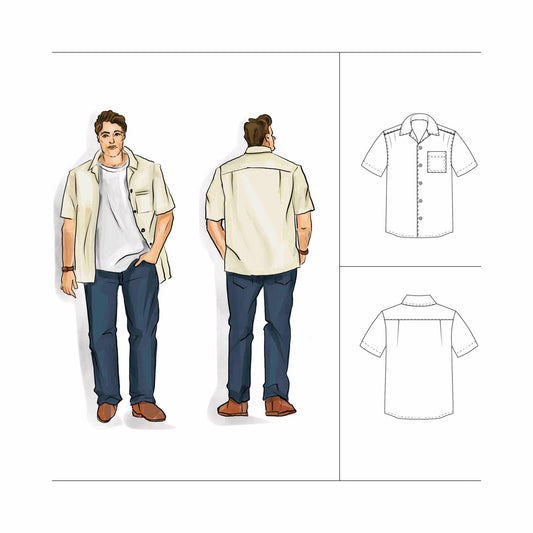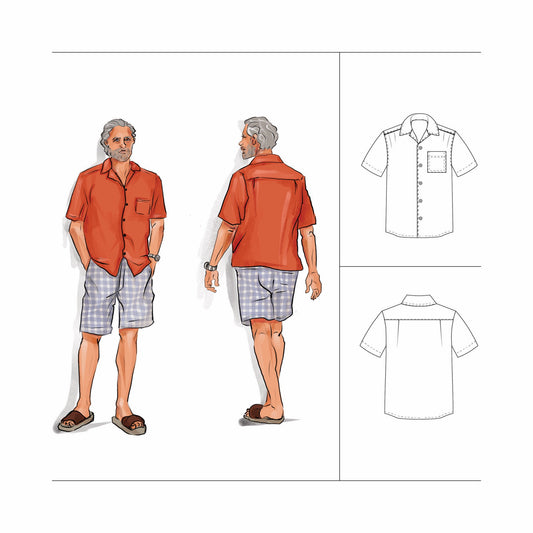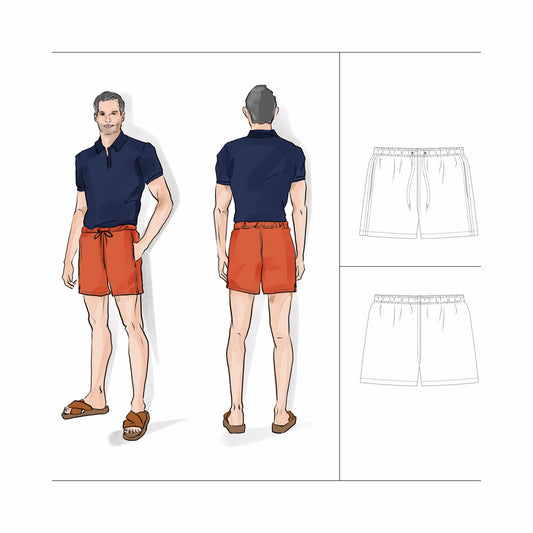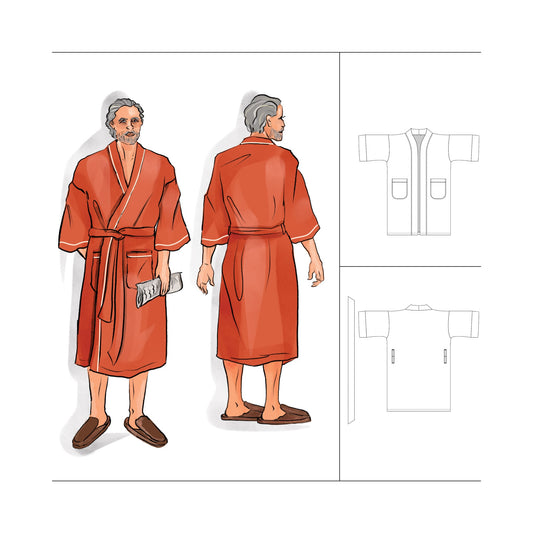Going for an interview can break you into a sweat. Your palms and your pits. Especially if it’s your first time.
Despite this external moisture, all going well, you’re good on the inside. You tick off at least 50% of the requirements (competent, with a desire to learn the rest), and you feel genuinely excited about the role (warmth).
Let’s match that internal competence and warmth to the outside as well.
In this article, I’ll share colour combinations you can use not just for that all-important job interview, but for other pivotal moments in your life. These combinations are designed to match the purpose of the moment, whether you need to show confidence, warmth, or a mix of both.

I draw on charisma research curate by Vanessa Van Edwards and combine it with two practical colour tools:
- The 60-30-10 Rule
- The 5 Colour Method
To demonstrate, I’ll use one Colour Type: Neutral, to show how colour and proportion work together to help you make the right impression. I have chosen Neutral because it sits in the middle of the 11 Colour Types I have in the Fabric Formula - a unique appraoch that makes colour understandable and usable.
You would adapt the hues of these colour combinations with your Colour Type.
What's covered in this article
- Understanding the Charisma Spectrum
- 10 Real-Life Scenarios with Colour Combinations
- Job Interview
- Negotiation or Salary Agreement
- Boardroom Presentation
- Meeting Partner's Family
- Volunteering or Community Event
- Celebration with close friends
- Business Networking Event
- Parent Teacher Interview
- Wedding Guest (Garden)
- First Client Meeting (Creative Industry)
- How Fabric Texture and Fit Add Warmth or Competence
- Next Steps
1. Understanding the Charisma Spectrum
Of course there are people that naturally ooze charisma but do not despair, charisma is something you can build.
According to Vanessa Van Edwards, behavioural researcher and author of Captivate (a book I have dogeared from beginning to end), charisma is a blend of two traits:
- Warmth – Makes you approachable and trustworthy
- Competence – Makes you seem capable and confident
The most magnetic people, the ones we’re drawn to and want to follow have a balance of both and are able to dial either up or down in response to the occasion.
Van Edwards and her team at The Science of People found that highly charismatic individuals aren’t necessarily the loudest or most outgoing. Instead, they create what she calls “the perfect blend” of:
- Emotional intelligence (warmth)
- Credibility and status (competence)
“When we see someone as warm and competent, we feel safe and impressed at the same time.” – Vanessa Van Edwards

Why charisma traits matter for what you wear
Whatever event you have going on, how you present yourself affects how you’re received.
The right combination of colours can:
- Project more warmth (to build rapport, soften authority, or appear more open)
- Signal more competence (to earn respect, establish leadership, or set a tone)
- Create a balance when you need to be both approachable and authoritative
What you wear is one of the few things you can control before a single word is spoken.
Let's get straight to some real life examples.
2. 10 Real-Life Scenarios with Colour Combinations
In the following scenarios I apply two colour frameworks or rules.
- The 60-30-10 Rule
- The 5 Colour Method
The 60-30-10 rule
This is one of the simplest ways to make your outfit look intentional and stylish. Here's how it works:
- 60% – Dominant colour (e.g. suit)
- 30% – Secondary colour (e.g. shirt)
- 10% – Accent colour (e.g. tie)
The 5 Colour Method
This gives you a finite number of colours to use when putting an outfit together. It takes the over whelm out of where to start. Particularly if you have 30-40 colours to choose from in your Colour Type. This is how it works:
- Bold
- Compliment to bold (or analogous or monochrome etc)
- Neutral
- Light
- Dark
Below are ten event types where you may want to show more warmth, more competence, or both and how to do that with Neutral Colour Type colours.
I have chosen dominant, secondary and accent colours for each event, but of course these are flexible. Intuitively you know what the event calls for, so feel free to swap an accent for a dominant.
Job Interview (More Competence)
A clean, confident look that signals reliability without being rigid.

A safe rule for jackets and ties is the tie is usually darker than the suit.
Negotiation or Salary Discussion (More Competence)
Dark tones add quiet authority. The grey keeps it calm and measured. If you wanted to add a touch of warmth to this combination exchange the white for light cream.

Boardroom Presentation (More Competence)
This is about structure and clarity. No distractions but open to listening hence the pop of blue.

Meeting a Partner’s Family (More Warmth)
Soft colours make you more approachable and sincere.

Volunteering or Community Event (More Warmth)
Natural and grounded, with a friendly accent to spark connection and energy.

6. Celebration with Close Friends (More Warmth)
This palette brings a familiar warmth and joy, without being crazy loud.

7. Business Networking Event (Balanced Charisma)
The green keeps it grounded, trustworthy and fresh; the blue adds polish. Blue and green are two of the worlds favourite colours, so you are going to hit the mark with most of the room.

8. Parent-Teacher Interview (as a parent) (Balanced Charisma)
Calm, invested, and gently authoritative. (You know what I mean)

9. Wedding Guest (Non-formal) (Balanced Charisma)
Romantic but grounded. A colour story that fits a meaningful day outside in nature.

I say 'garden wedding' for this combo, but really I love it for any non black tie wedding.
10. First Client Meeting (Creative Industry) (Balanced Charisma)
Fresh and open-minded with a hit of passion and boldness.

What did you think of those?
Before I close there are two more things to help you add warmth and competence to an outfit. They are:
- Fabric texture
- Fit
3. How Fabric Texture and Fit Add Warmth or Competence
Colour is powerful but it’s not working alone.
The texture of your fabric and the fit of your garment can reinforce or shift the message your colours send. Even if you're working within the same Colour Type, changing the fabric or silhouette can tip your outfit towards warmth or competence.
Modifying the type of fabric and the style of garment is particularly useful if you want to keep your wardrobe colours limited so they can all mix and match easily.
Here’s how to use both texture and fit to your advantage.
To Add More Competence
Choose fabrics and silhouettes that say “sharp, clear, capable.”
Fabric Texture
- Crisp finishes like cotton poplin, lightweight wool, or structured linen
- Smooth textures with subtle sheen, think twill or fine sateen
- Avoid overly soft or slouchy fabrics
- Shiny shoes (maybe this is why mum use to make us polish our school shoes every morning)
Fit
- Structured pieces: defined shoulders, tailored trousers, clean lines
- Neatly pressed shirts, sharp collars and minimal drape
- Straight cuts that hold their shape
You’re signalling clarity, strength, and composure without looking too stiff.
To Add More Warmth
Choose textures and shapes that feel relaxed, comfortable, and open.
Fabric Texture
- Brushed cotton, textured knits, linen blends or slub weaves
- Soft, tactile fabrics that invite touch (without being delicate)
- Low-sheen, matte surfaces
Fit
- Looser fits that move with the body: relaxed collars, elastic waists, curved hems
- Gentle drape or fluidity in fabric
- Rounded silhouettes and casual construction
These choices soften your presence and make you more approachable and emotionally available.
The best part?
You can combine warmth and competence by mixing elements.
For example:
- A structured blazer in a textured linen bridges both worlds
- A tailored shirt in a soft brushed cotton says “kind and capable”
- A relaxed fit in a crisp fabric feels confident without being intimidating
4. Next Step
Ok so what do you do next?
It depends.
If you don't know your Colour Type
Then I recommend you do the Fabric Formula. Then you will have a palette of colours you know will suit you.
If you do know your Colour Type
Then I recommend before your next occasion, ask yourself:
-
What’s the event?
-
Do I need to show more warmth, more competence, or a mix of both?
-
Which colour combination helps me express that best?
Once you get intentional, dressing becomes less about guessing and more about communicating, without ever saying a word.





